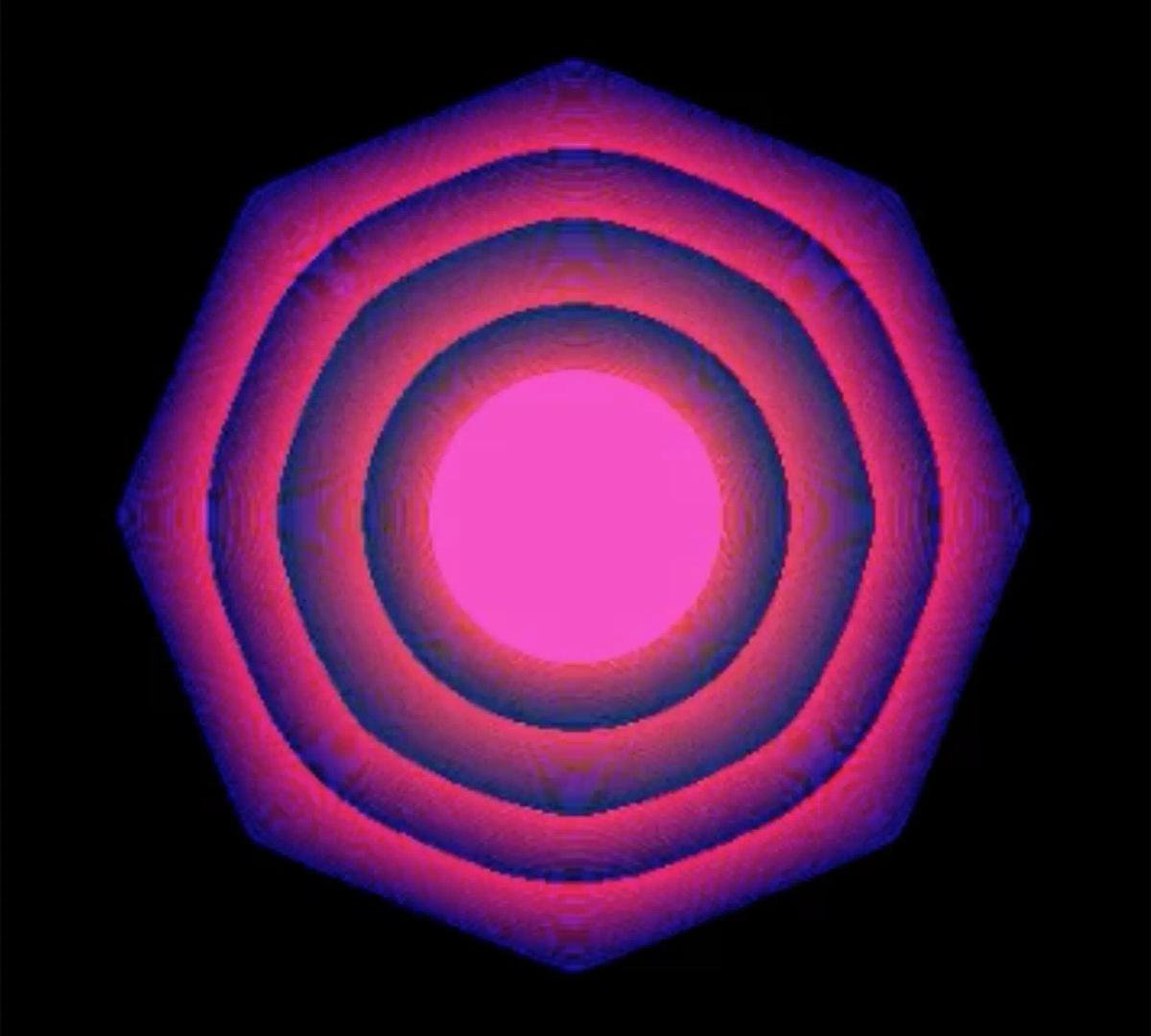In one of the first legal cases in the US to test how blockchain technology applies to artists’ rights, a New York court has dismissed a lawsuit over the ownership of “the world’s first NFT”.
Quantum was minted by Kevin McCoy in May of 2014, before Ethereum had launched or the term NFT (Non-fungible token) was even introduced. The NFT was then sold at Sotheby’s for $1.5m in June 2021. Last February, both McCoy and the auction house were sued by a Canadian company called Free Holdings, which claimed to be the rightful owner of Quantum. The company asserted it had secured the rights to the work seven years after its creation after McCoy had let his ownership expire.
The problem came to a head because McCoy minted Quantum using NameCoin, a blockchain software modelled from Bitcoin’s code which required the artist to renew his ownership rights roughly every 250 days. But McCoy failed to do so and the NFT effectively lay dormant until media reports announced the Sotheby’s auction. Ahead of the sale, Free Holdings created a new NFT, using the same namespace that McCoy had used seven years earlier and duplicating McCoy’s original metadata. Free Holdings then alleged that it was the owner of the “first-ever NFT” and attempted to contact McCoy in a series of tweets, which escalated in their hostility.
After the auction on 10 June 2021, in which the NFT was bought by an individual named Alex Amsel, Free Holdings contacted Sotheby’s to say the catalogue entry for Quantum was “inaccurate and misleading because the Namecoin record had not been ‘burned’, but was still active and controlled by Free Holdings”. In its complaint, Free Holdings accused Sotheby’s and McCoy of slander and commercial disparagement.
However, dismissing the case, James Cott, a magistrate judge for the US District Court for the Southern District of New York, found that Free Holdings had failed to establish its claims of ownership and injury. Cott concluded: “Free Holdings has demonstrated nothing more than an attempt to exploit open questions of ownership in the still-developing NFT field to lay claim to the profits of a legitimate artist.”


